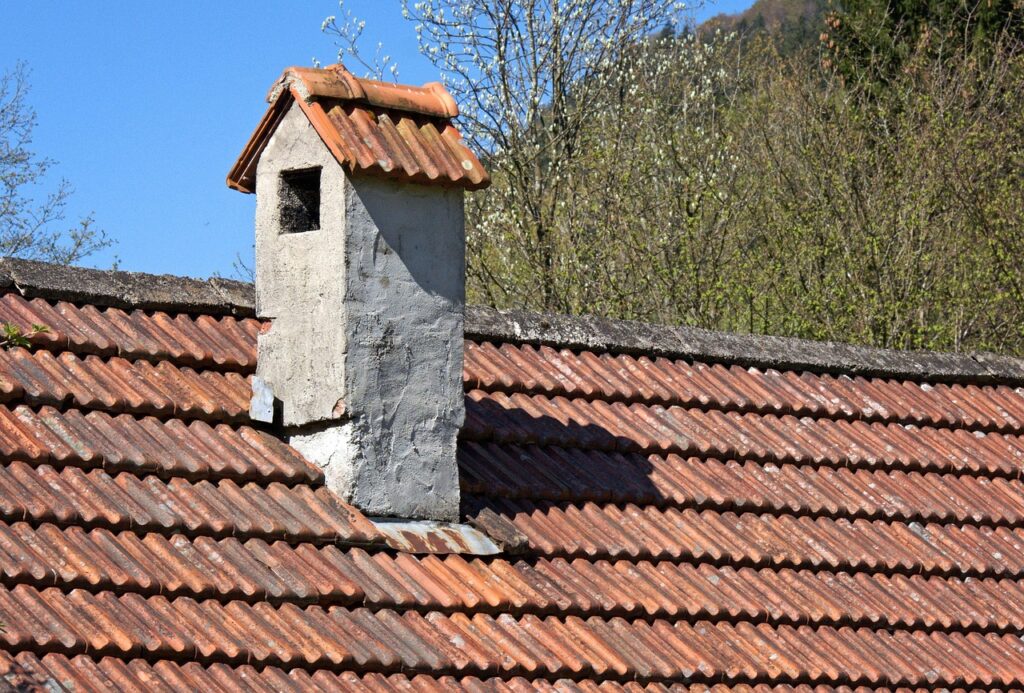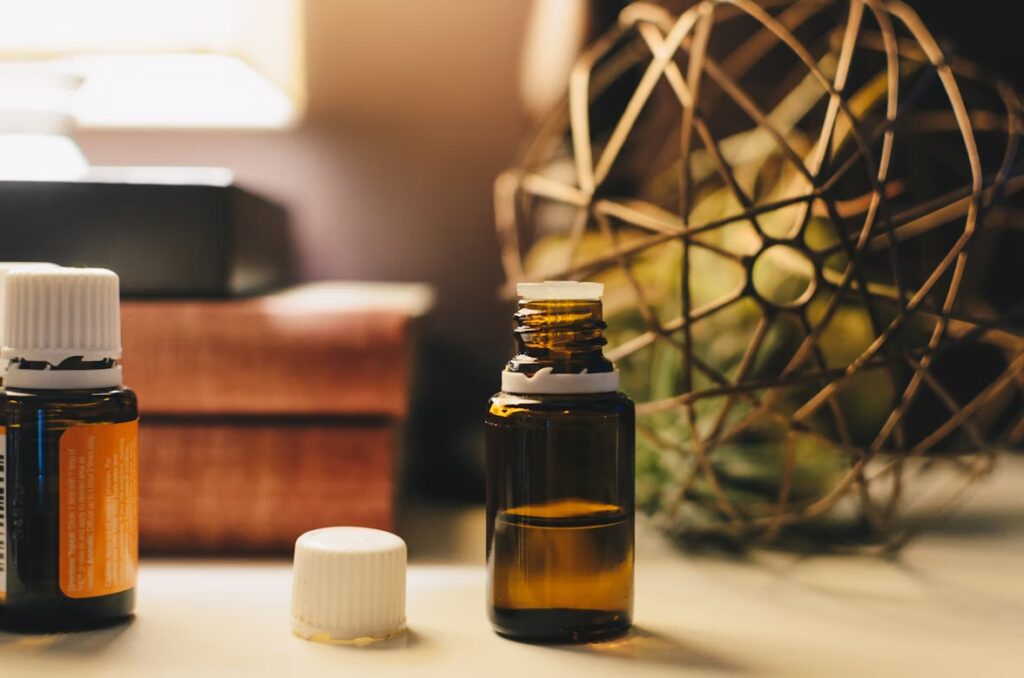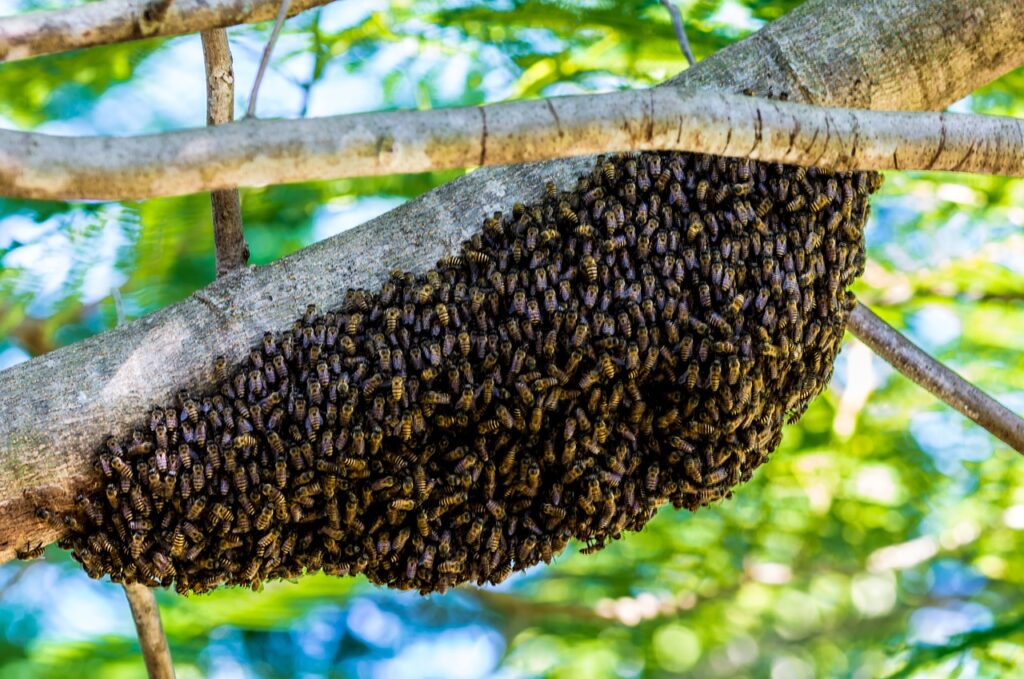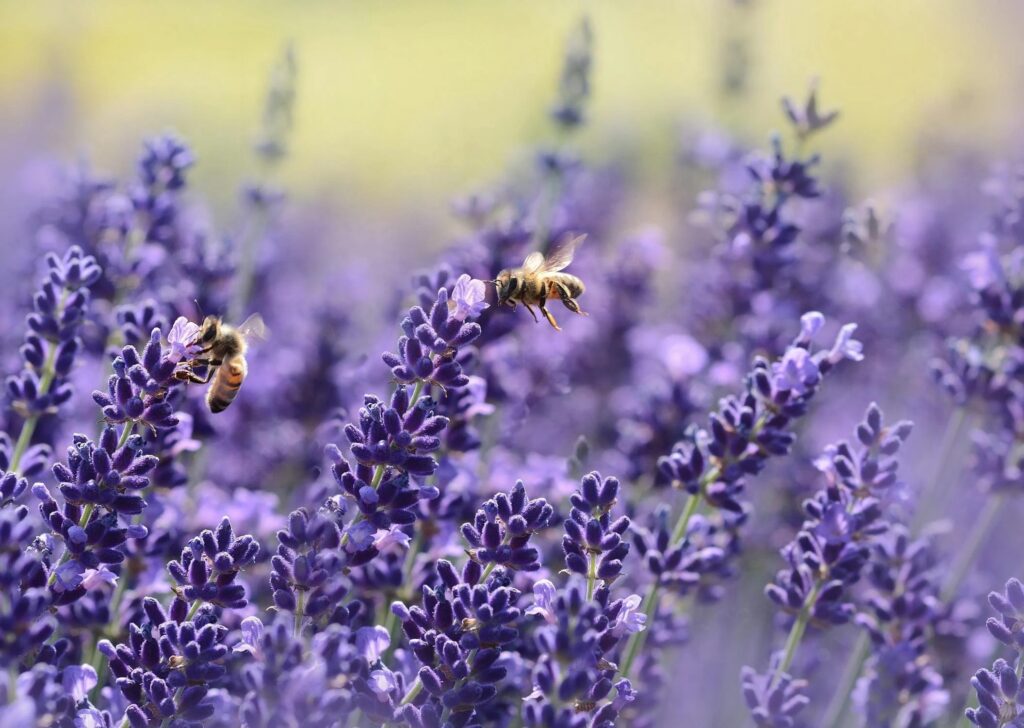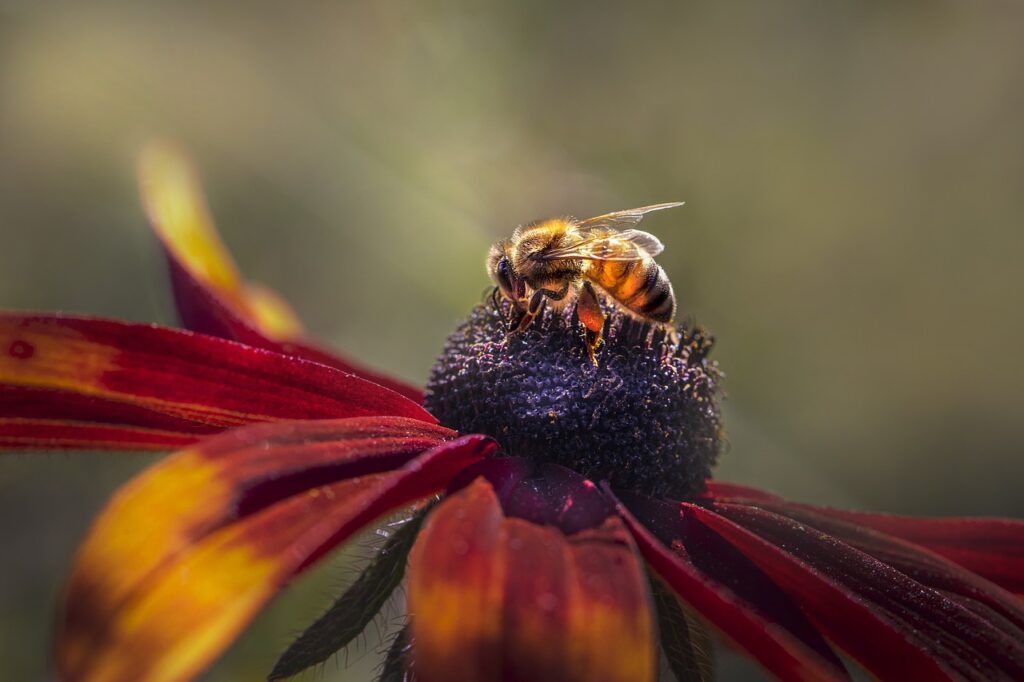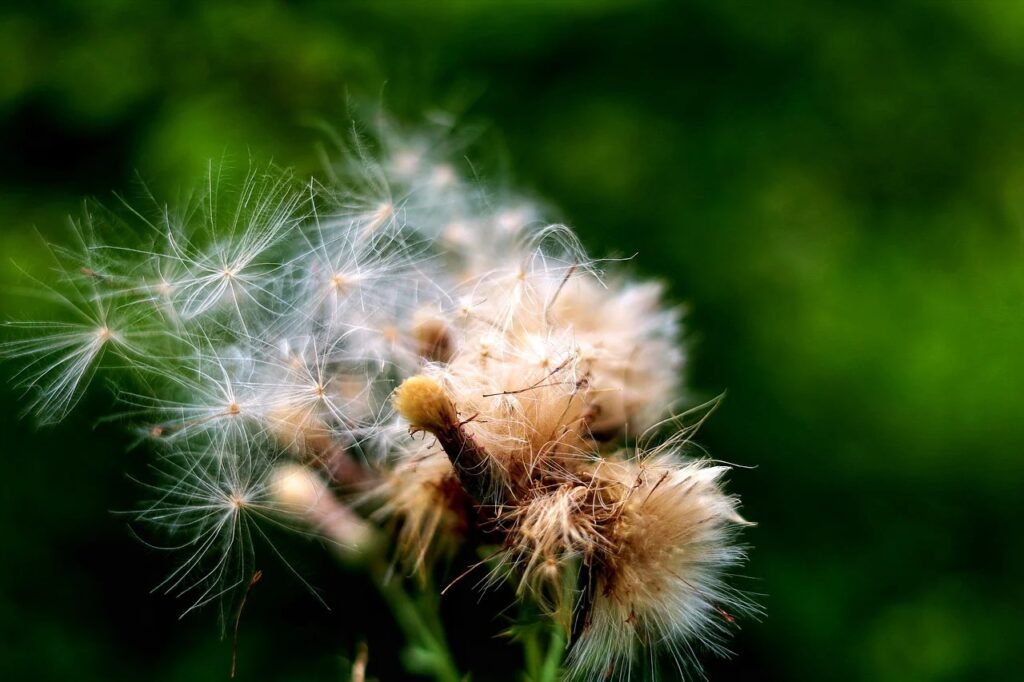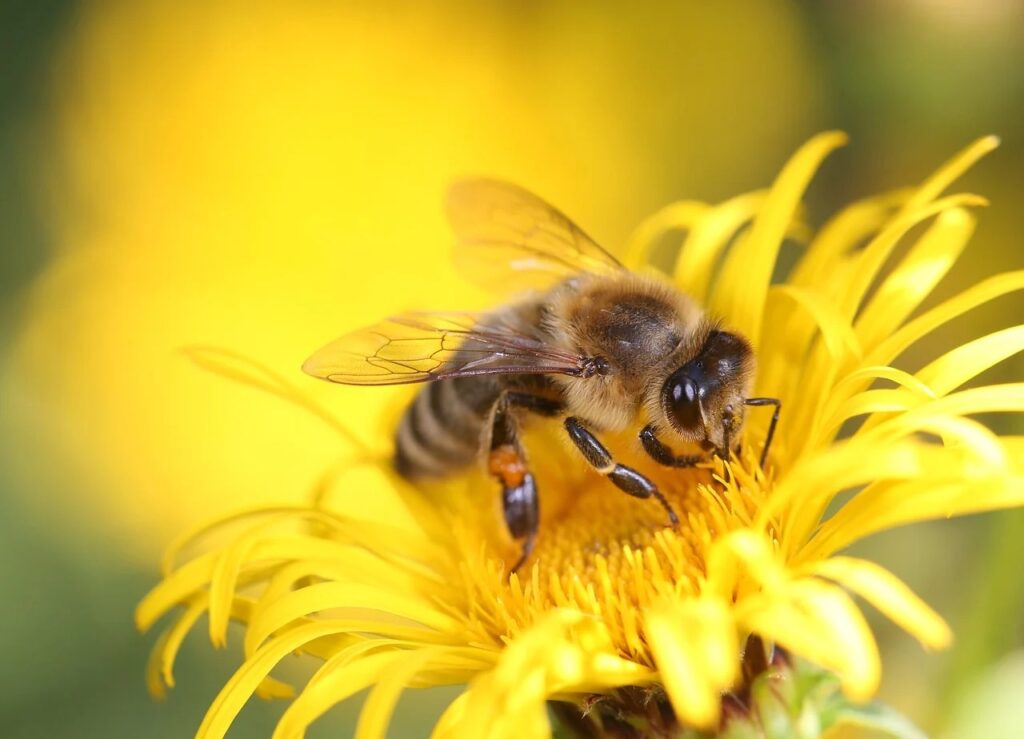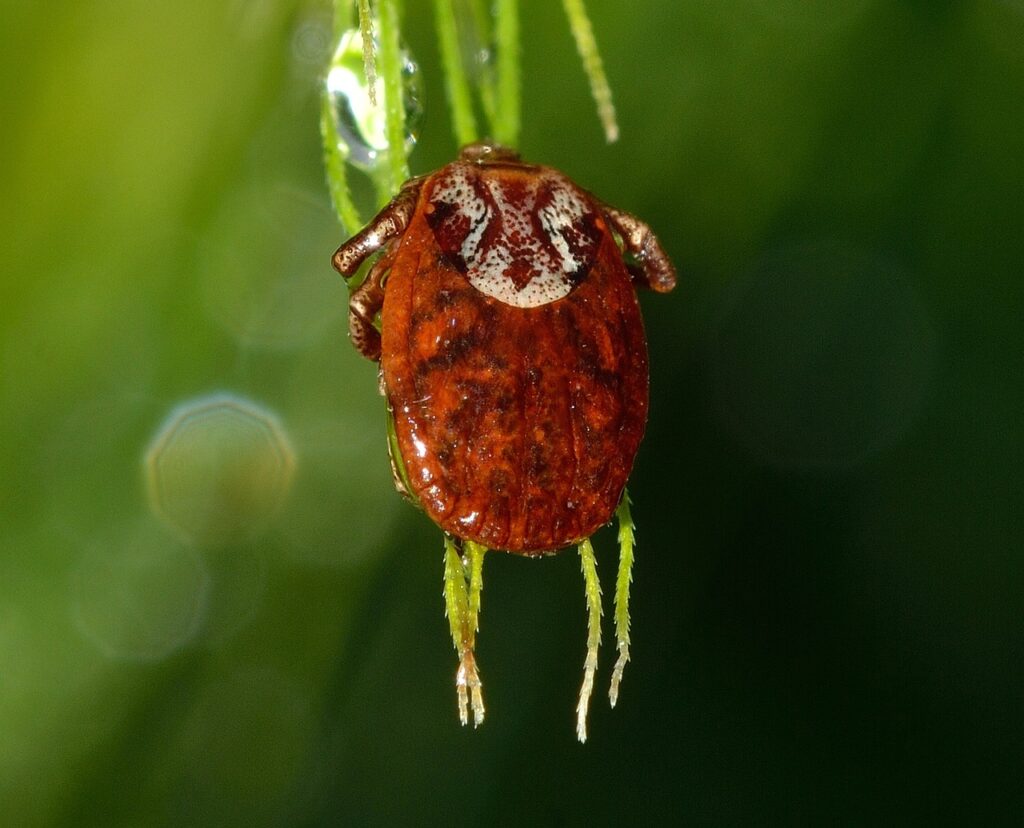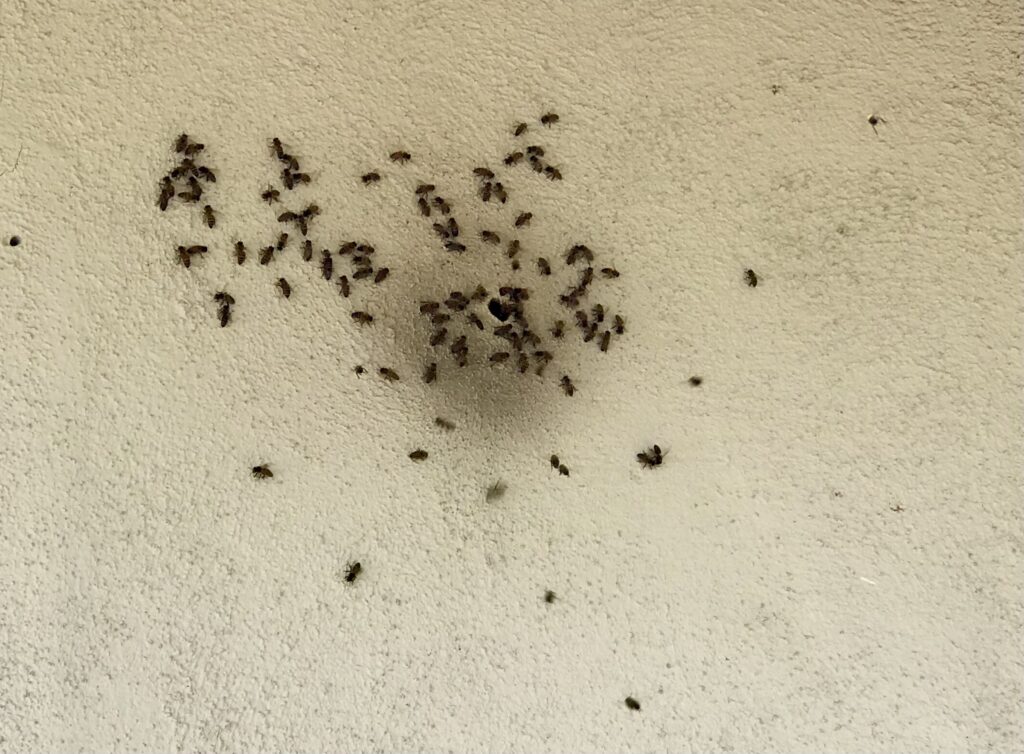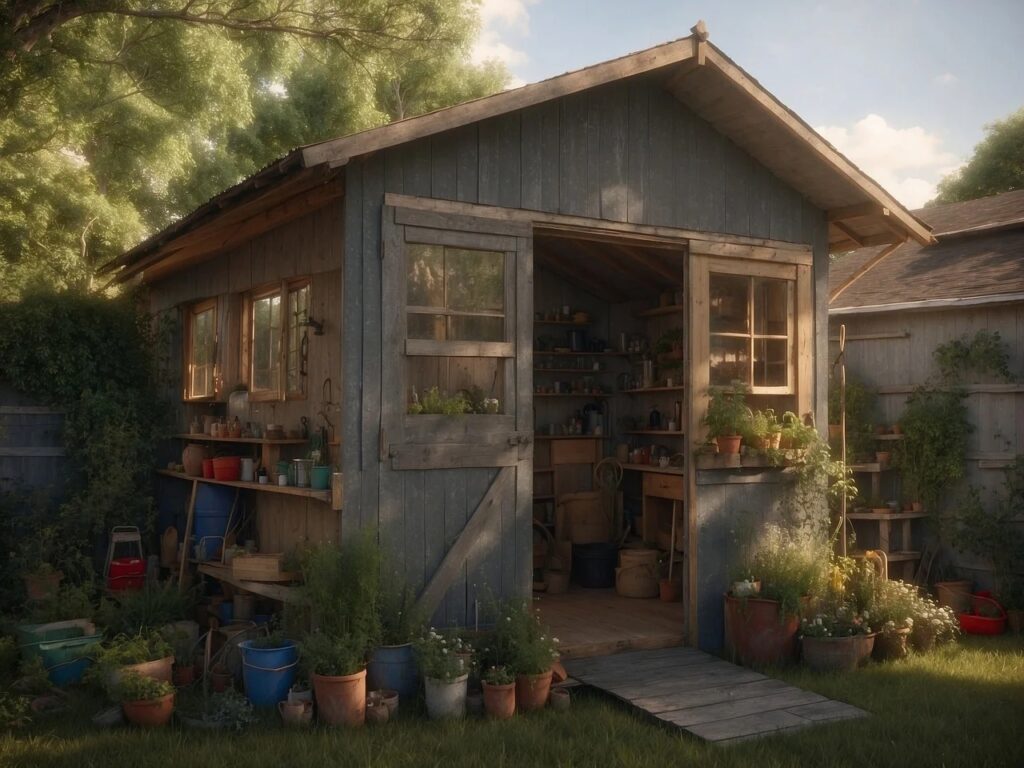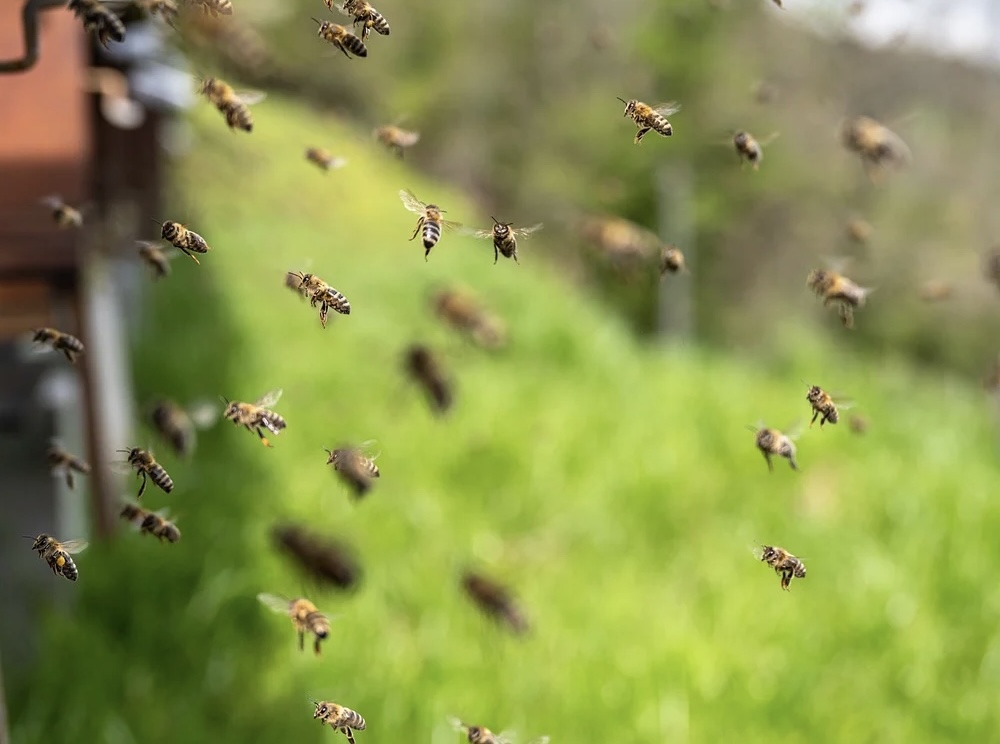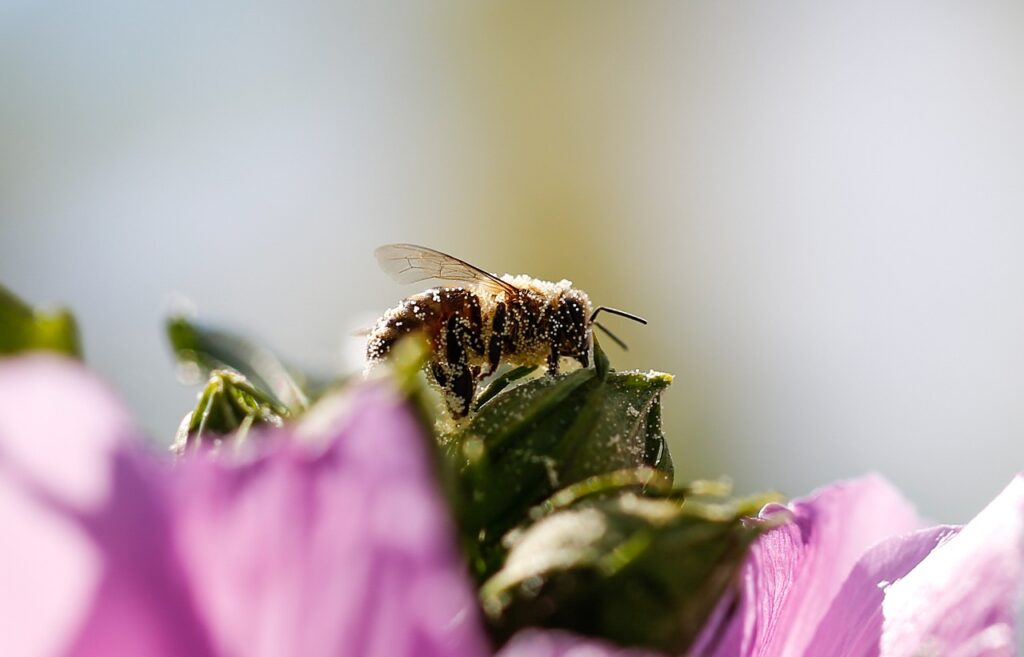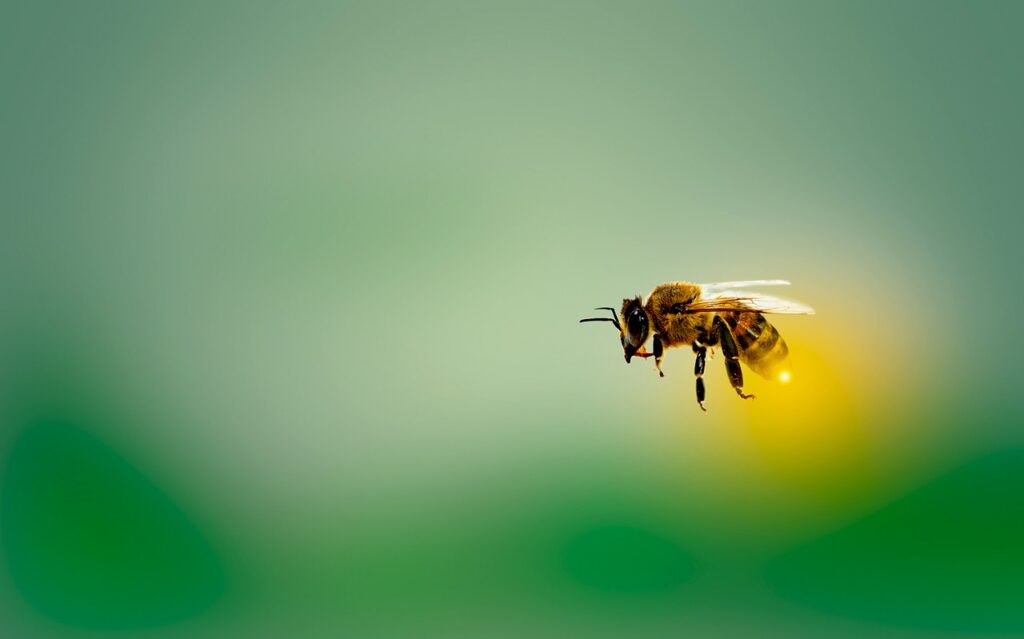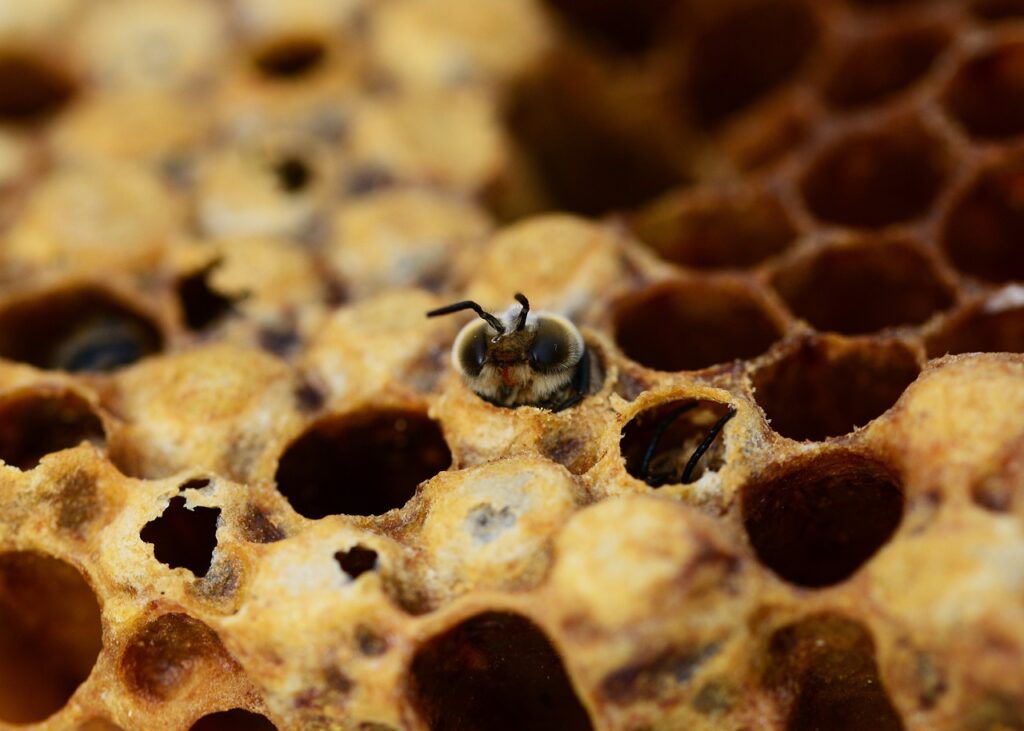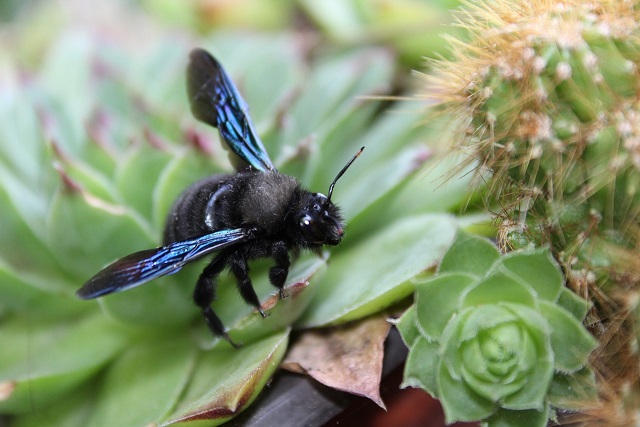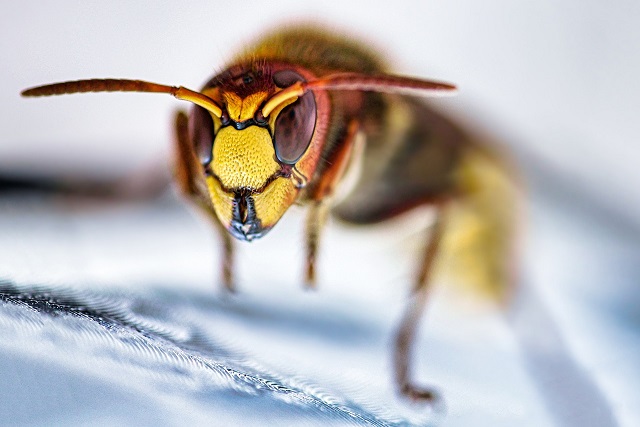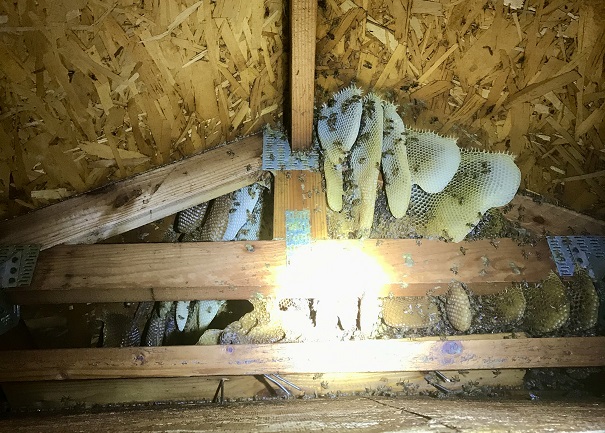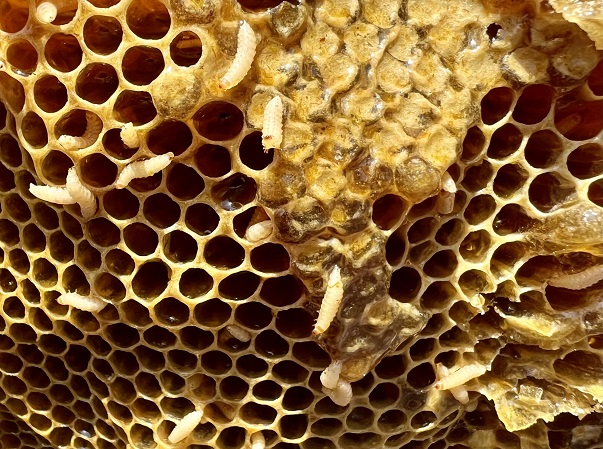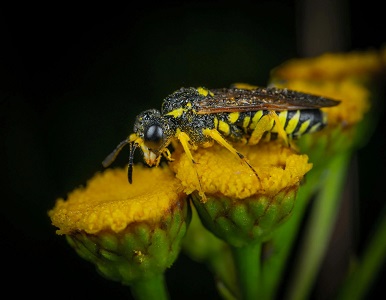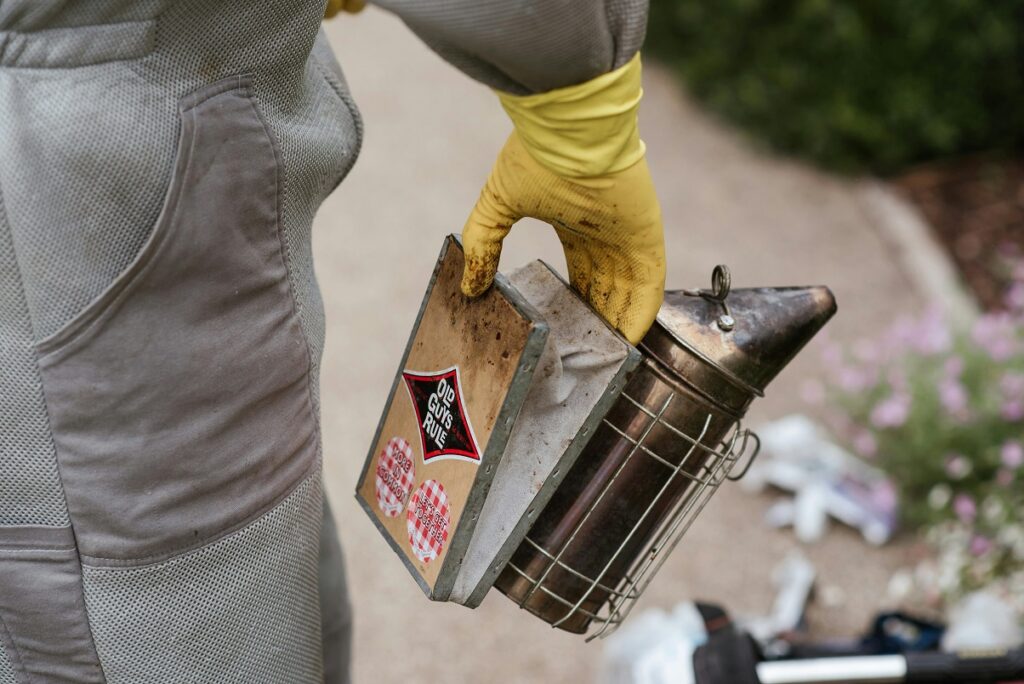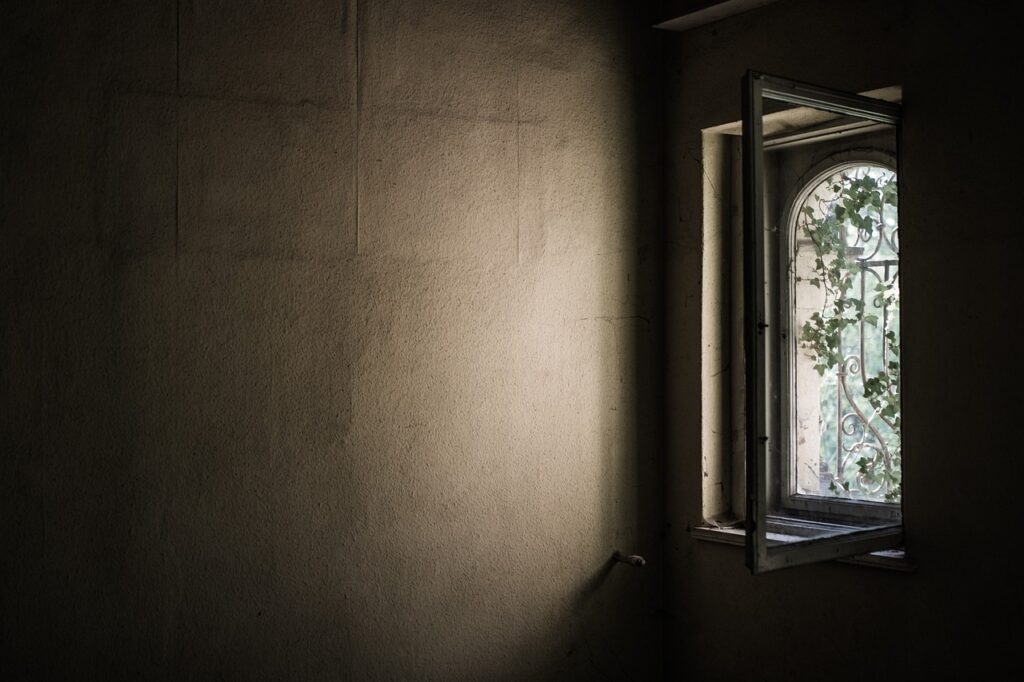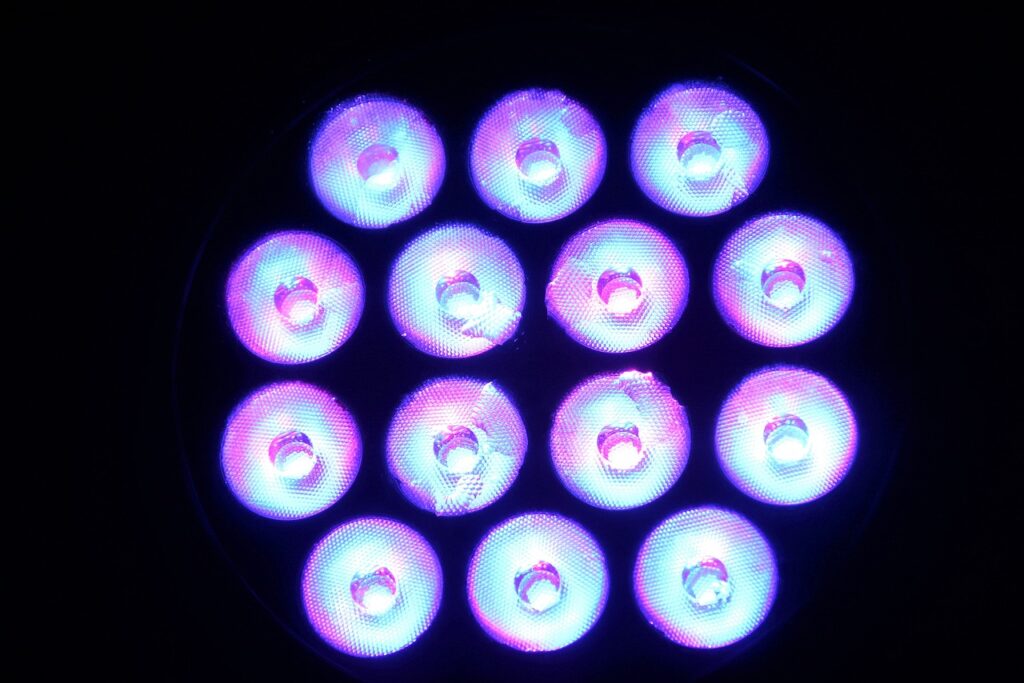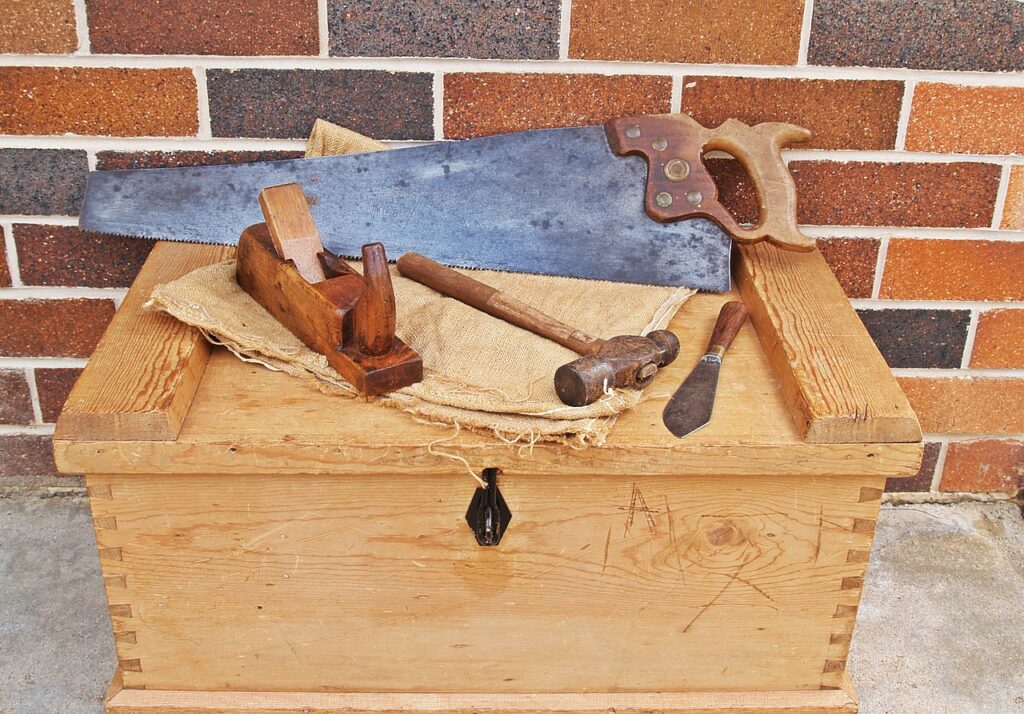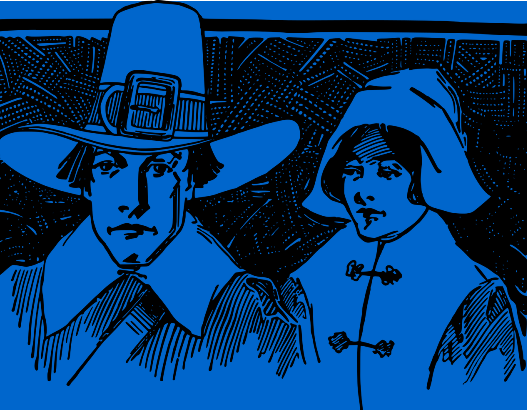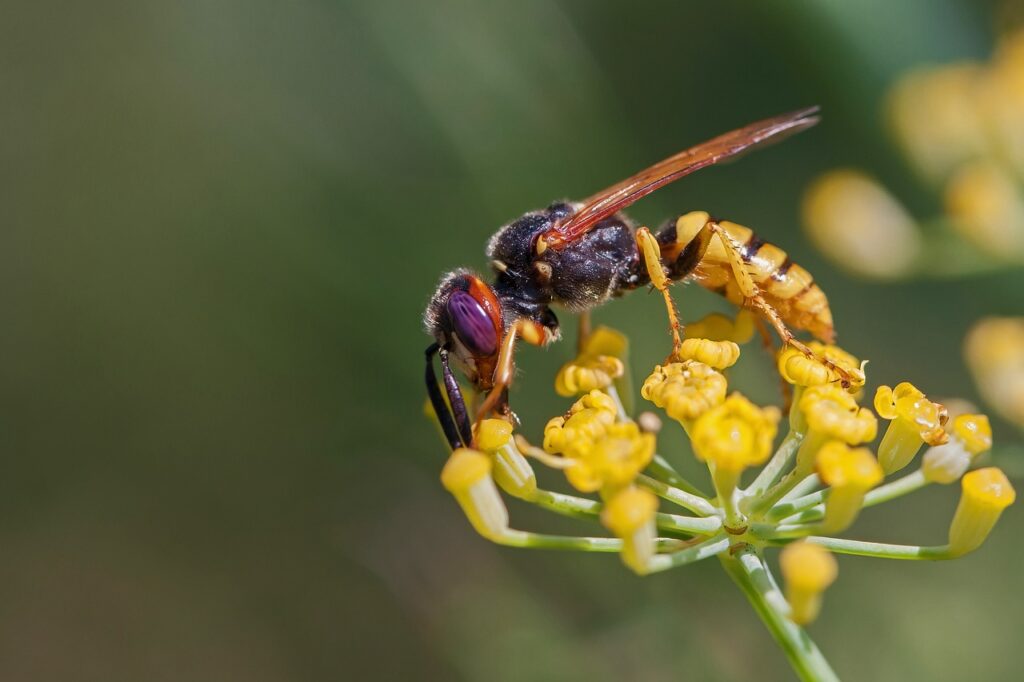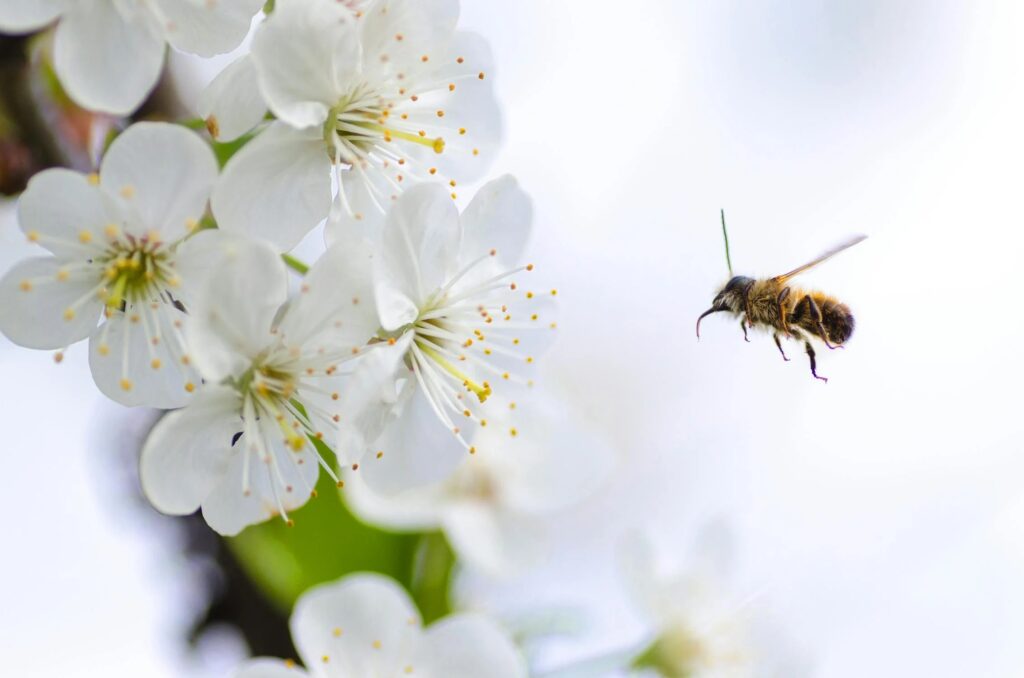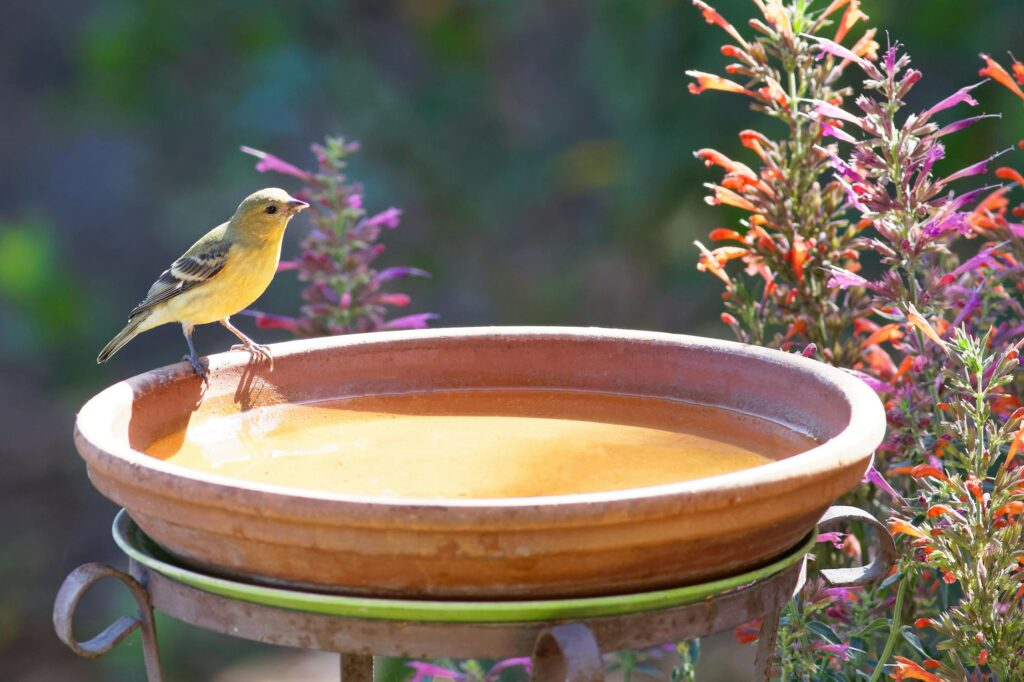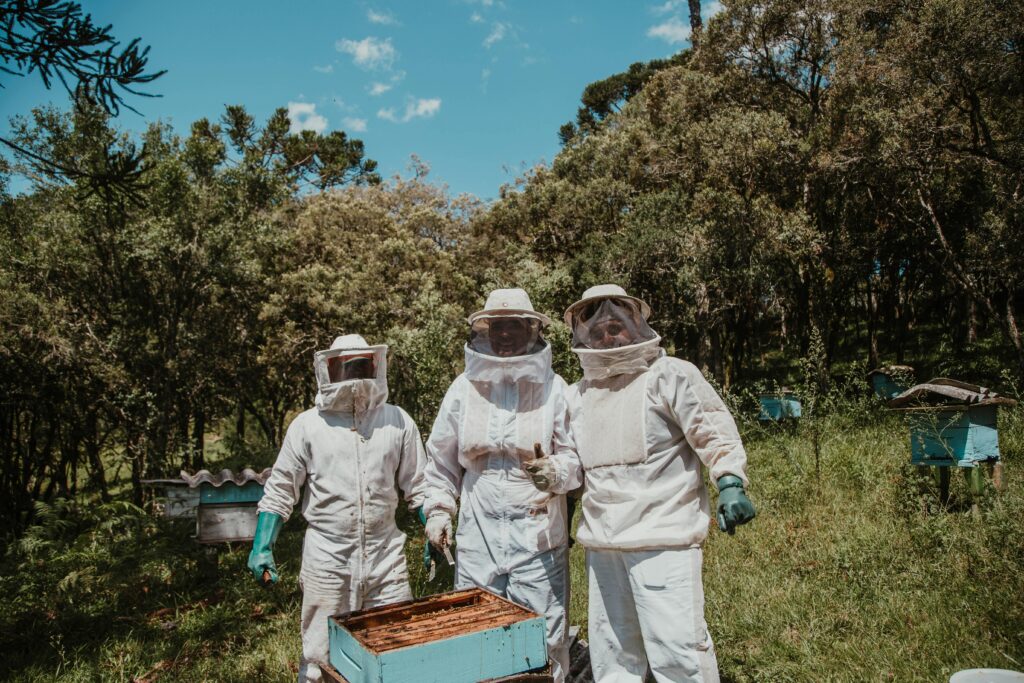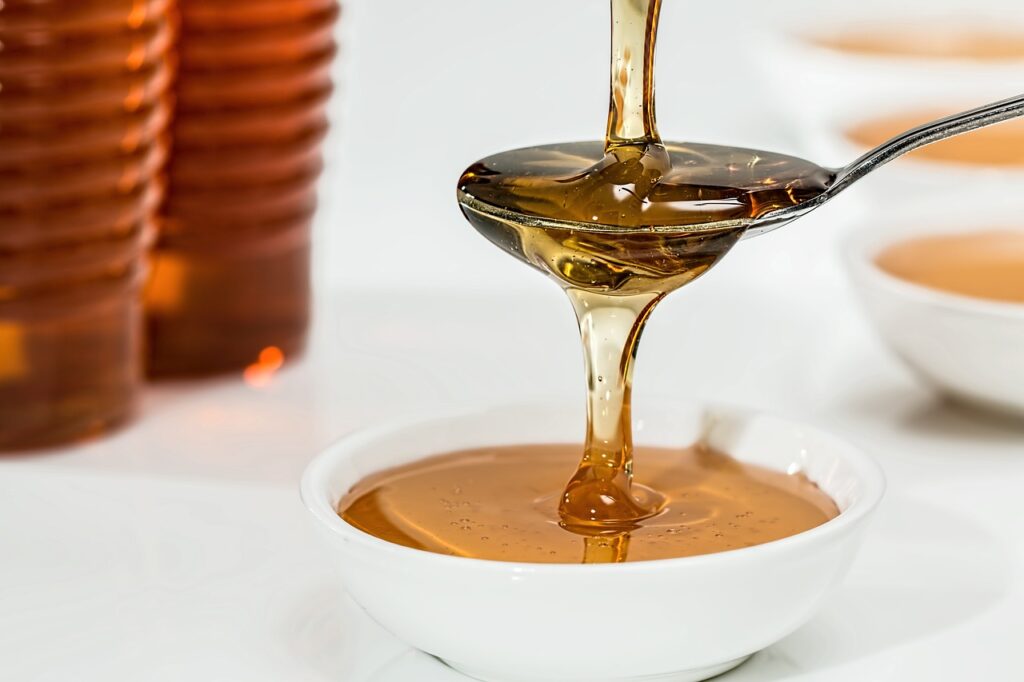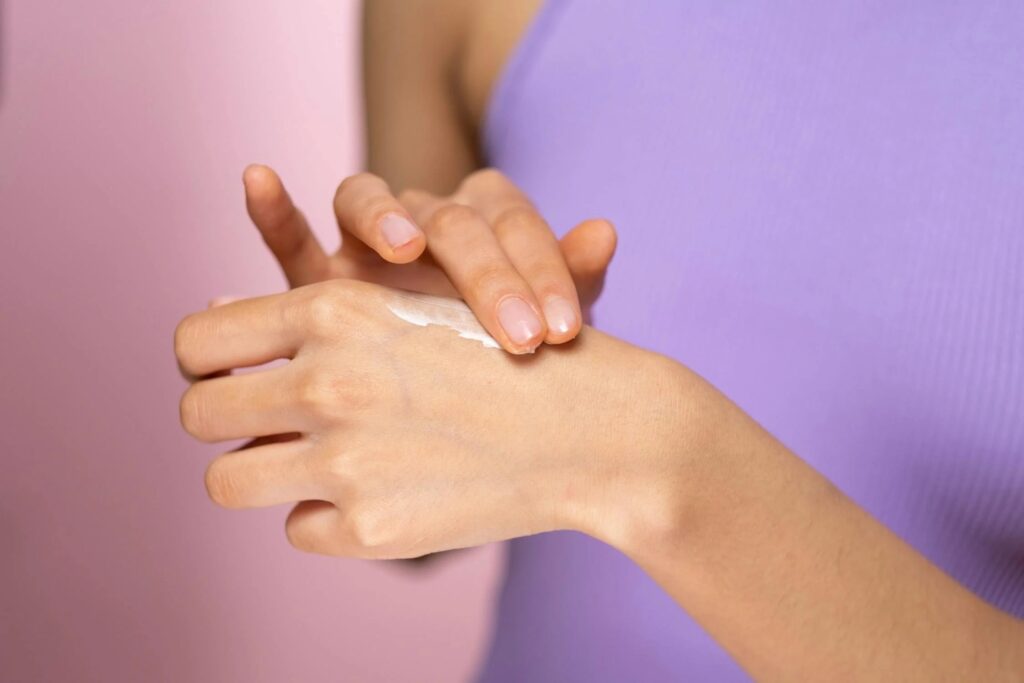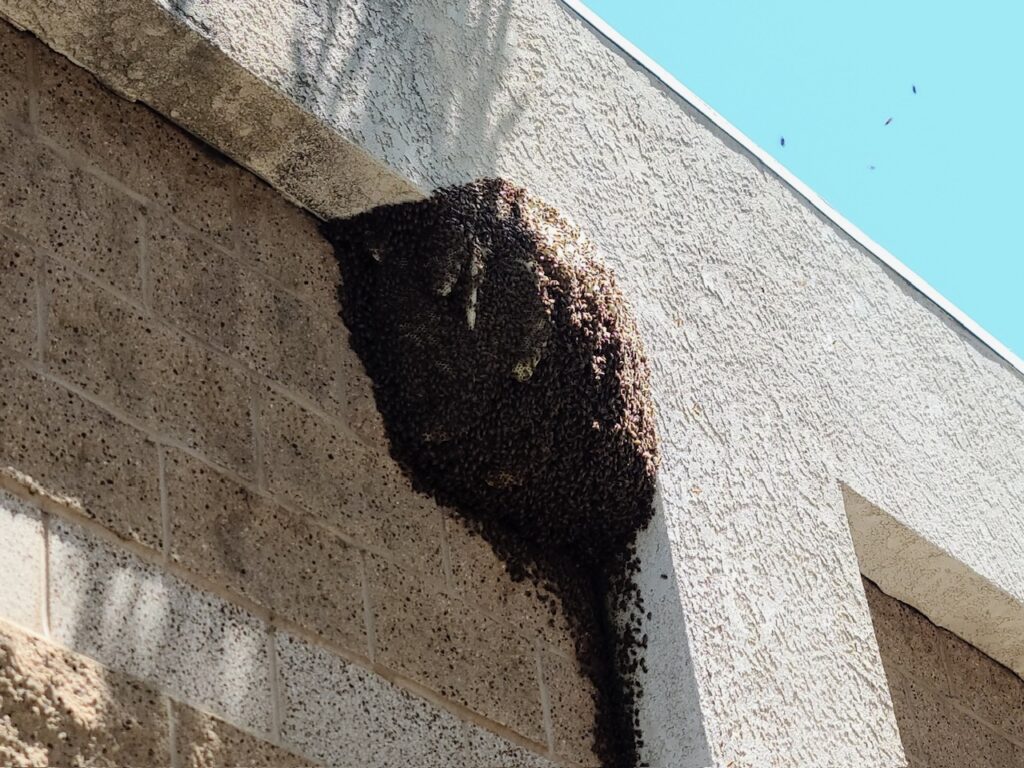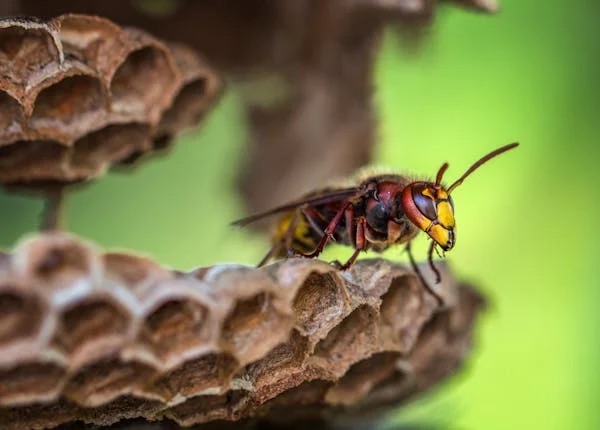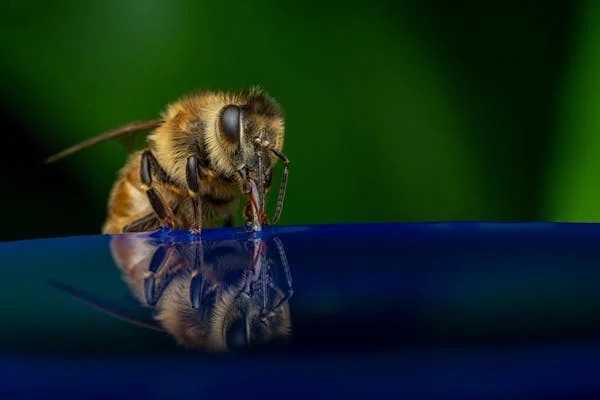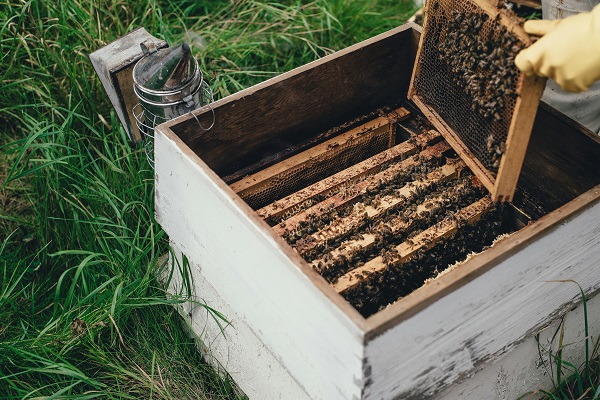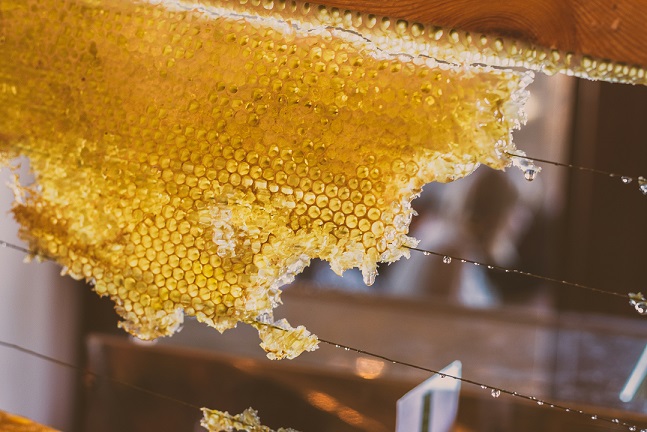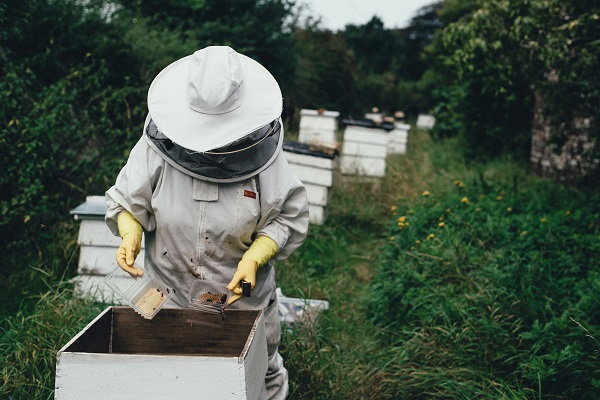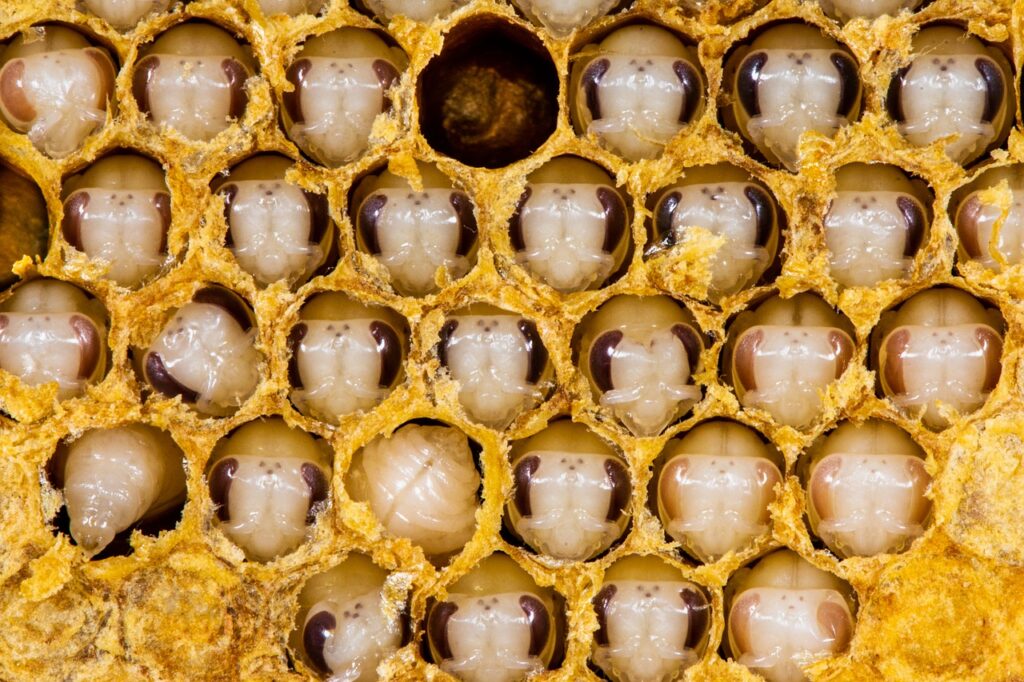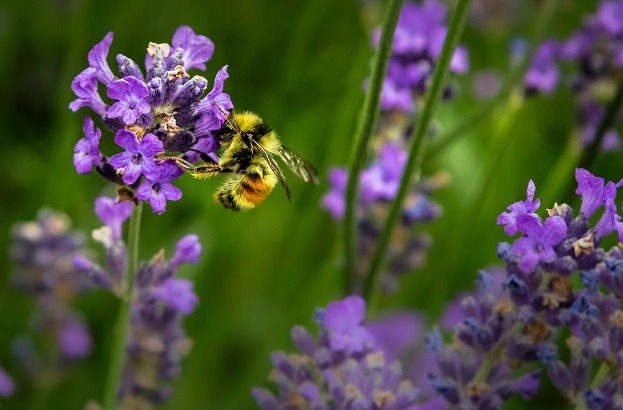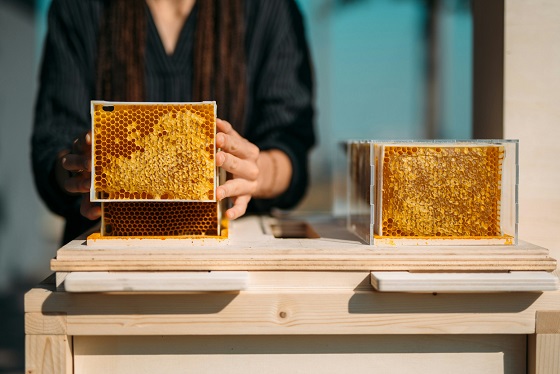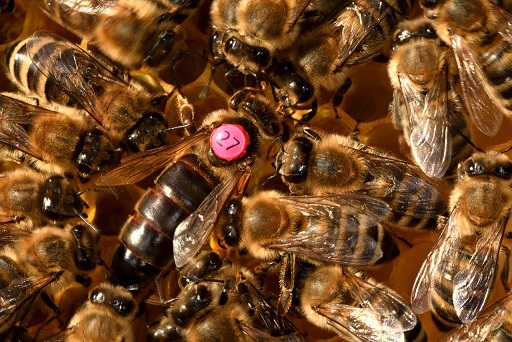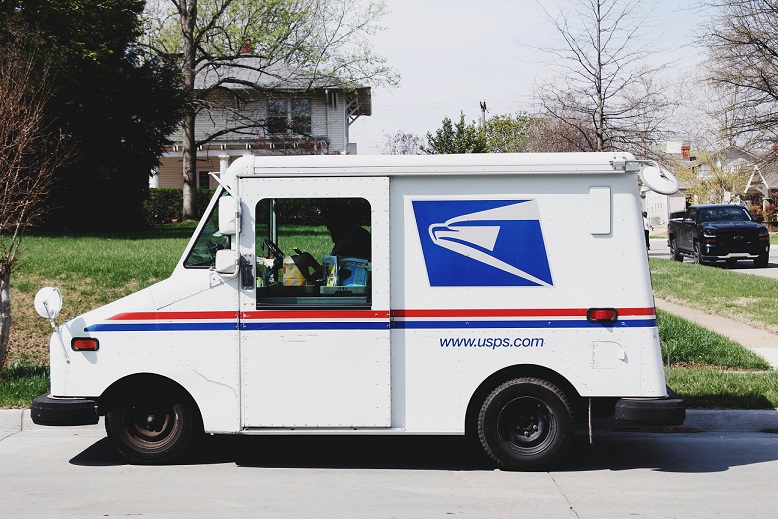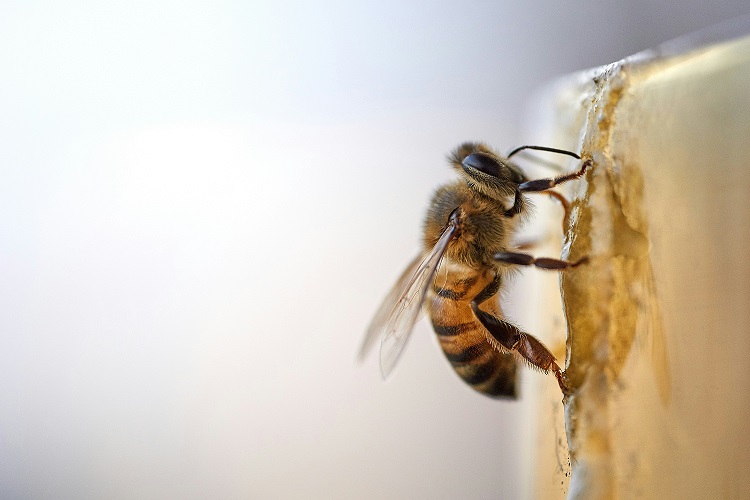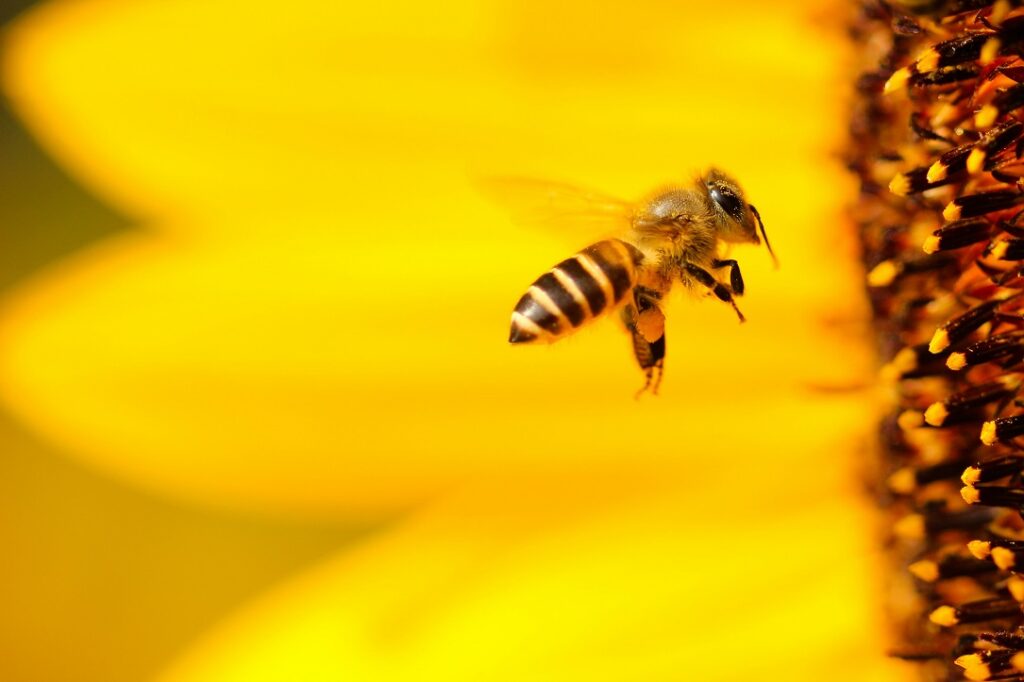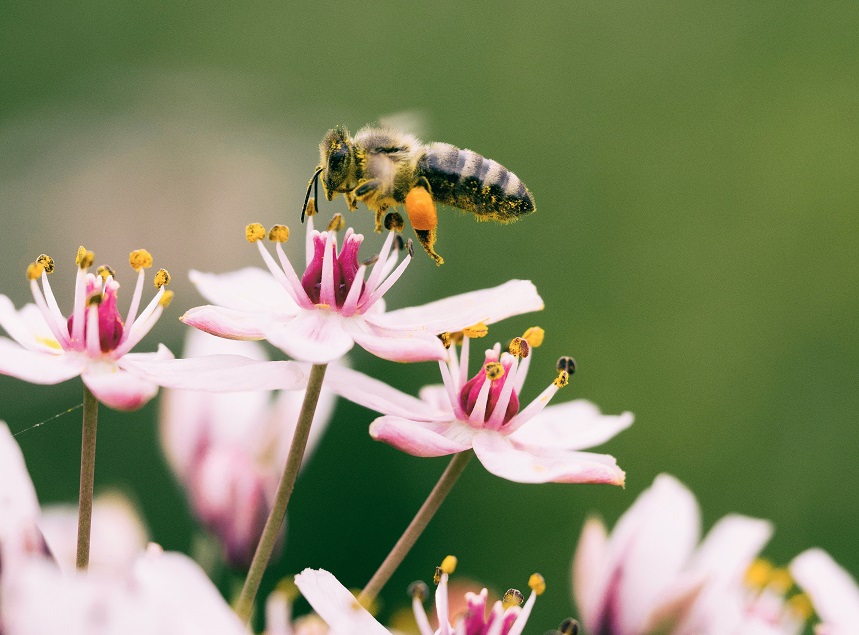Bee News
AYCE Attic Buffet
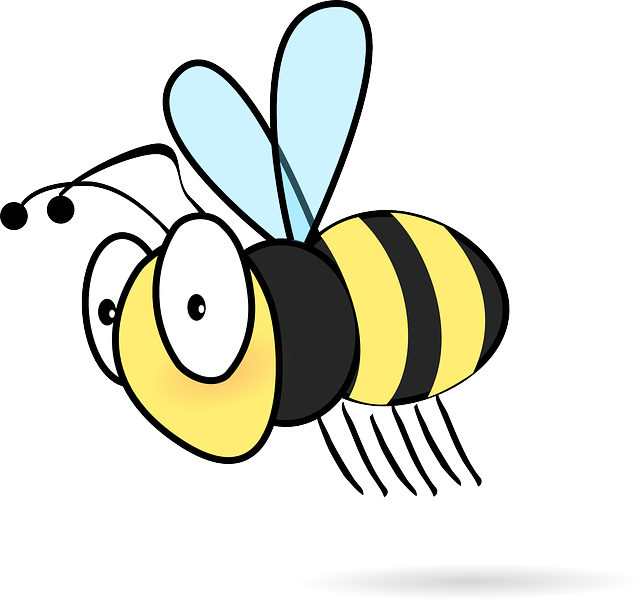


Leaving behind dead hives in the attic may seem like a harmless decision, but the reality is that it can pose various risks and challenges for homeowners. One of the primary concerns is the lingering scent of honey, which acts as a powerful pheromone that attracts robber bees or new swarms to recolonize the old hive. In this blog, we’ll explore the implications of leaving dead hives in the attic, the importance of removing them, and how to effectively mask the area to prevent bee colonization.
Honey, with its alluring scent and sweet taste, serves as a beacon for bees searching for a new home or a quick source of food. When a hive is abandoned or dies off, the honey within it remains, emitting a scent that can linger in the attic and draw in bees from neighboring colonies. Robber bees, in particular, are opportunistic insects that will seize the chance to steal the remaining honey, leading to potential conflicts and disturbances in the area.
Moreover, the presence of old hives in the attic can attract new swarms of bees looking for a suitable nesting site. These bees may view the abandoned hive as an attractive option, as it already provides a structure and food source, making it easier for them to establish a new colony. This can result in the recurrence of bee infestations in the attic, creating a cycle of bee activity that can be challenging to manage.
To address the risks associated with leaving dead hives in the attic, it is crucial to remove them promptly and thoroughly. This process involves safely extracting the hive, disposing of any remaining honeycomb and honey, and cleaning the area to eliminate traces of the pheromones that attract bees. Additionally, masking the area with paint primer can help reduce the scent of honey and discourage bee activity in the attic.
Leaving dead hives in the attic poses risks of attracting robber bees or new swarms due to the scent of honey acting as a pheromone. To prevent bee colonization and potential infestations, it is essential to remove old hives, clean the area thoroughly, mask the scent with paint primer, and consider using a bee buffet to redirect bee activity. By taking immediate proactive measures and addressing the issue promptly, homeowners can minimize the chances of bee-related problems in their attics and ensure a bee-free living environment.
